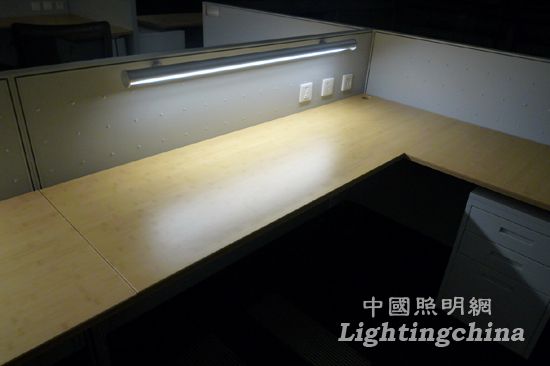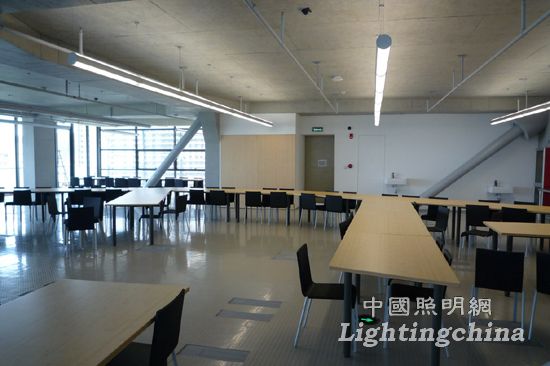Shenzhen Dameisha-Wanke Center Indoor Lighting Project won the Nomination of the 5th Zhongzhao Award Lighting Engineering Design Award. The reporting unit: China Construction International Shenzhen Design Consultant Co., Ltd., Tridonic Lighting Electronics (Shanghai) Co., Ltd.
Located in the Dameisha Seaside Tourist Resort in Yantian District, Shenzhen City, Guangdong Province, the Vanke Center Project covers an area of ​​61,700 square meters and a total construction area of ​​about 120,000 square meters. Vanke Center includes the conference center, hotel and Vanke Group headquarters office area. The entire building is also known as the "floating horizon." At present, the main building has been basically completed, and the office area where the new headquarters of Vanke Group has been put into use. This large building, which infiltrates Vanke's green building concept, has applied for the LEED Platinum standard certification issued by the US Green Building Council. If it is finally passed, Vanke Center will become the first green building in China to receive this certification.
Designed by Stephen Hall, the representative of contemporary American architects, Vanke's new headquarters building is called “lying skyscrapersâ€. The large-span composite structure with suspension cables and steel structures is equivalent to traversing skyscrapers. Built on the pier. If you put it up, it is about the same as the US Empire State Building. The 60,000-square-meter building base, in addition to the eight supporting themed traffic nuclei, is generally suspended, and can still be circulated by sea breeze and mountain wind. The ground maximizes the landscape greening area and is completely open to the public. This floor space introduces an elegant sunken courtyard, rich artificial water system, green and gentle slopes, and a rich three-dimensional landscape will create a natural and comfortable environment. The construction of reinforced concrete hovered over the “water graffiti†garden, as if they had once floated on the higher seas, and now the sea has receded, leaving them standing on a coral-like pedestal.
The green building properties of Vanke Center are not only reflected in the greening of the ground. This green building, which incorporates a large number of energy-saving and environmentally-friendly technologies, is infiltrated with the ecological concept of energy conservation and environmental protection. The building is like a creature. The inner skin is a translucent and reinforced lightweight carbon fiber that “breathsâ€. The wall in each direction is calculated by the annual solar energy collection, which controls the switch and angle of the louver to ensure daylighting and temperature. 75% of the same type of building energy saving, renewable and environmentally friendly materials used in construction, produced within 500 kilometers of the local area.
The artificial water system in the open space of the Vanke Center and the greening water in the green space come from the rainwater harvesting treatment and the water treatment of the building. The tap water consumption of the entire building is expected to be saved by half. And through the widespread use of solar energy, the building's annual power generation is expected to reach 280,000 degrees. According to this kind of power generation, by using solar energy, Vanke Center can save 110.82 tons of standard coal and reduce carbon dioxide by 268.39 tons per year. In addition, the building's indoor air conditioning uses an ice storage system, that is, working ice storage during the low electricity period, using ice cooling during the peak period of electricity consumption, and reducing the urban capacitor pressure and reducing the waste of electric energy by cutting the peaks.
Under the premise of meeting LEED certification, we will create a smart, energy-saving, comfortable and high-quality light environment for our employees. The light environment is affected by many factors such as illumination level, brightness distribution, illumination uniformity, and illumination stability. These factors are closely related to lighting control. A good lighting control system can not only integrate the visual environment related to electrical control in the building into a control monitoring system, but also consider the various environmental factors related to people in the building lighting to provide a comfortable light environment. Save energy.
Vanke's new headquarters is the symbol of future green buildings, and it is also an embodiment of Vanke's practice of green environmental protection and building energy conservation.

